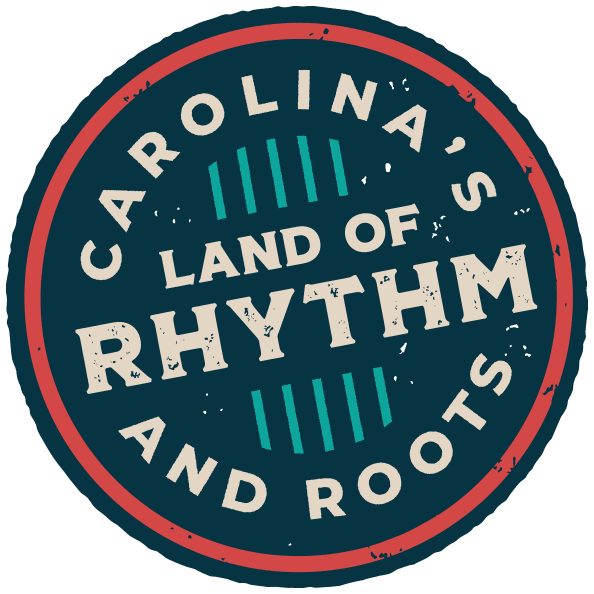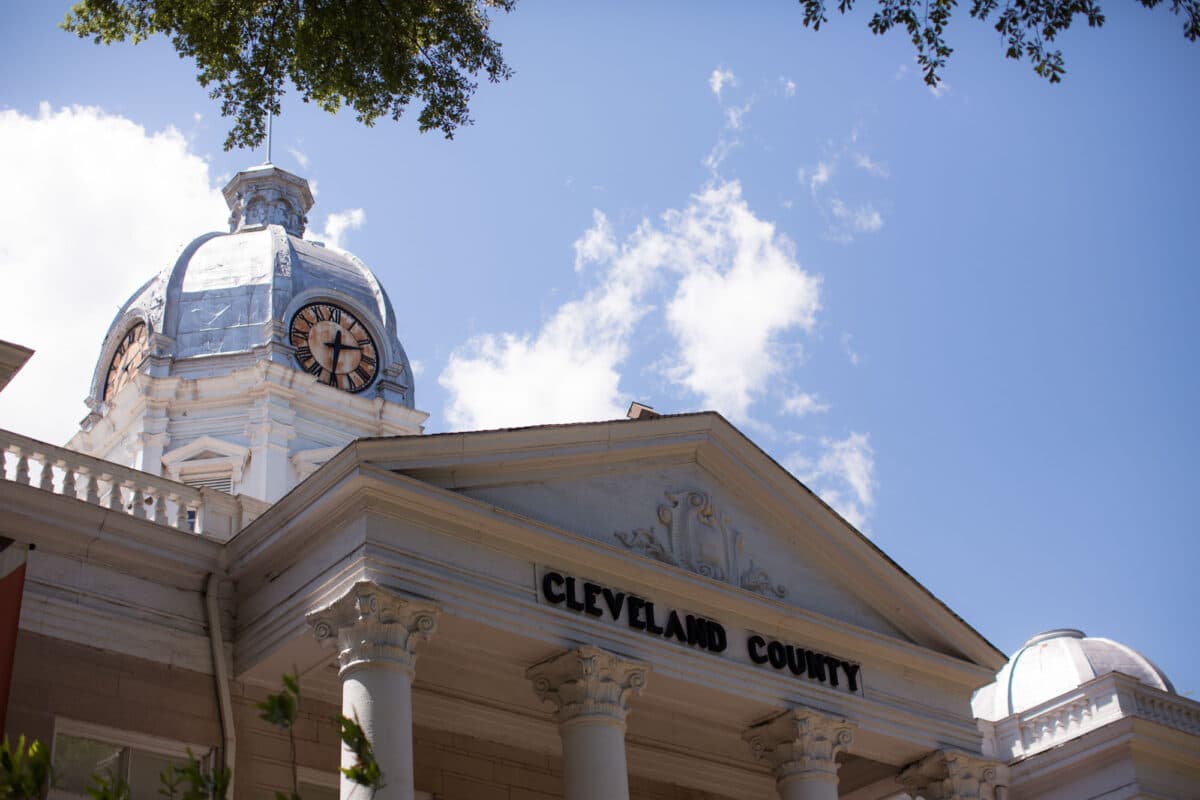Cleveland County, NC
This North Carolina African American Heritage tour pulls together many existing sites of significance of the African American experience in Cleveland County. Through this tour you will see many of the schools, churches, and community centers which housed much of the African American Heritage of the area. Most of these sites are on private property so we ask that you respect this and do not trespass.
This tour was shared with the permission of Zach Dressel, Curator of the Earl Scruggs Center: Music & Stories from the American South. To share information or ideas for additional stops, contact Zach Dressel at curator@earlscruggscenter.org. While in the area, visit the temporary exhibit at the Earl Scruggs Center: African American Builders and Architects. African American Builders and Architects explores the extraordinary buildings across the state of NC constructed by free black artisans and slaves during the pre-Civil War era. Learn about the building styles and tools used by these individuals, as well as African folkways and traditions.
In addition, Redefining Builders: The African American Communities of Cleveland County, co-curated by Chavis Gash and Zach Dressel for the Earl Scruggs Center, transitions from traditional builders to transformational builders of communities. This part of the exhibit documents how African Americans built vibrant communities filled with churches, civic organizations, and businesses. African American Builders and Architects was produced by the Historic Preservation Foundation of NC in cooperation with the Gallery of Art & Design at North Carolina State University.
Low Activity
1 day | 11 stops
Day 1
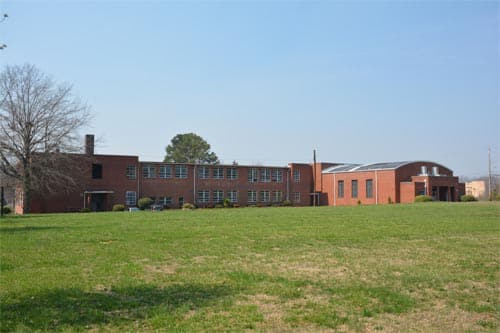
STOP 1: Cleveland High School
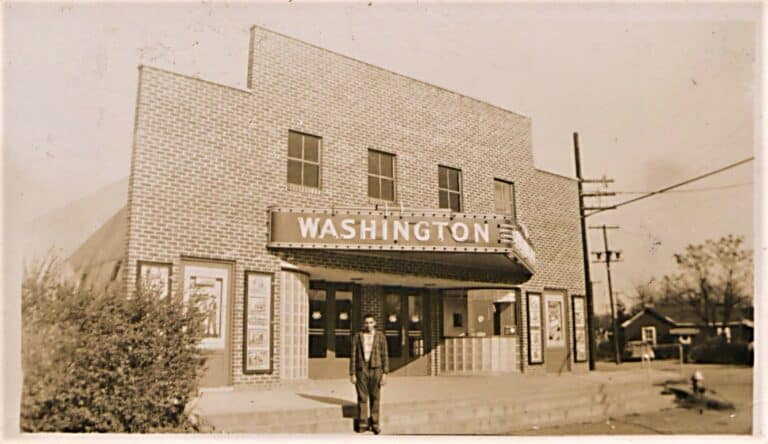
STOP 2: The Washington Theater
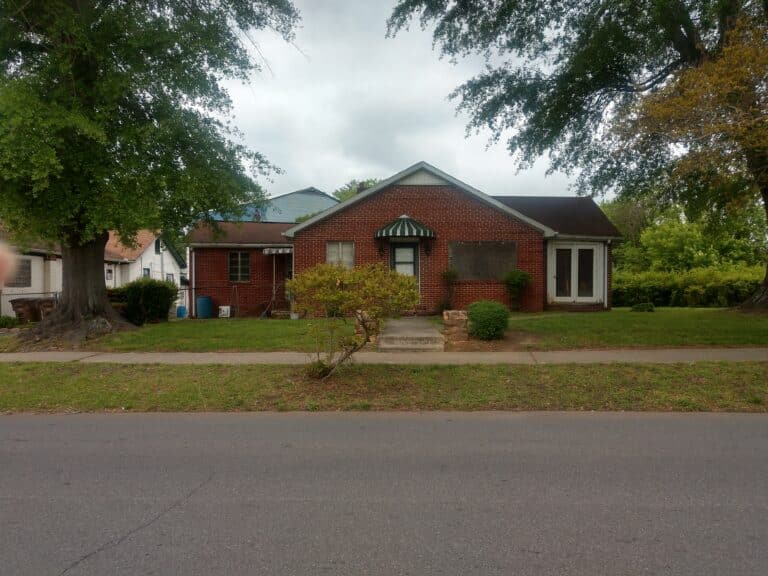
STOP 3: Dockery Funeral Home
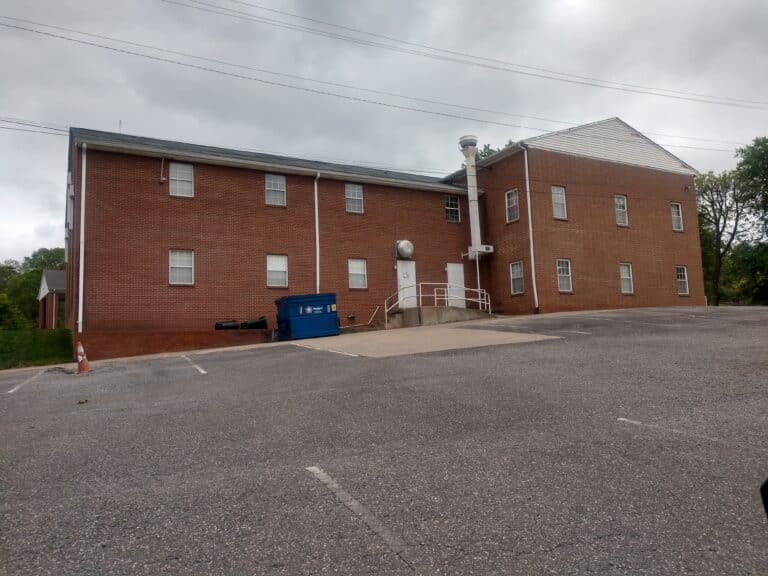
STOP 4: Mt. Calvary Church
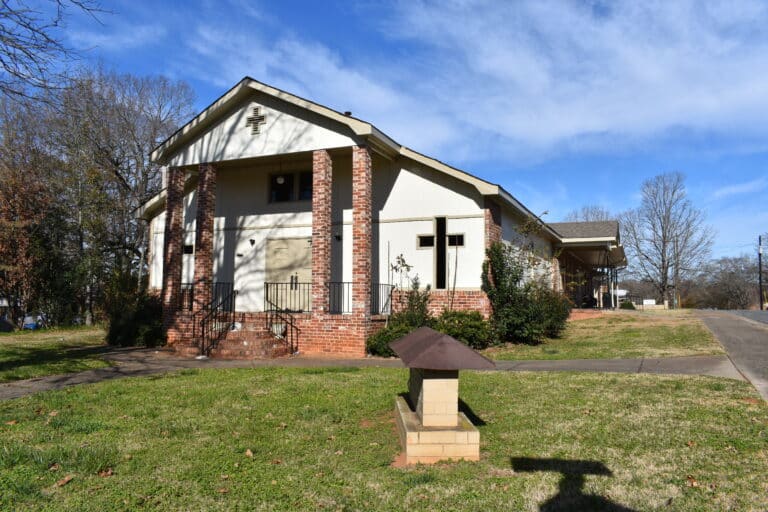
STOP 5: Shiloh Baptist Church
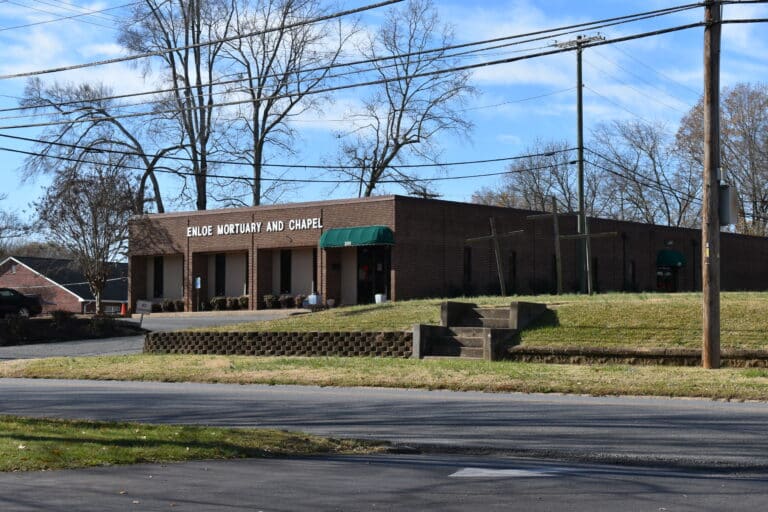
STOP 6: Enloe Mortuary
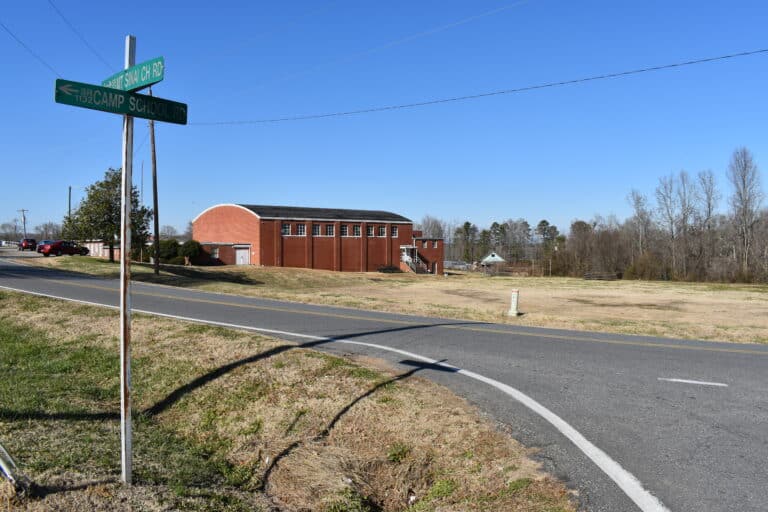
STOP 7: Camp School
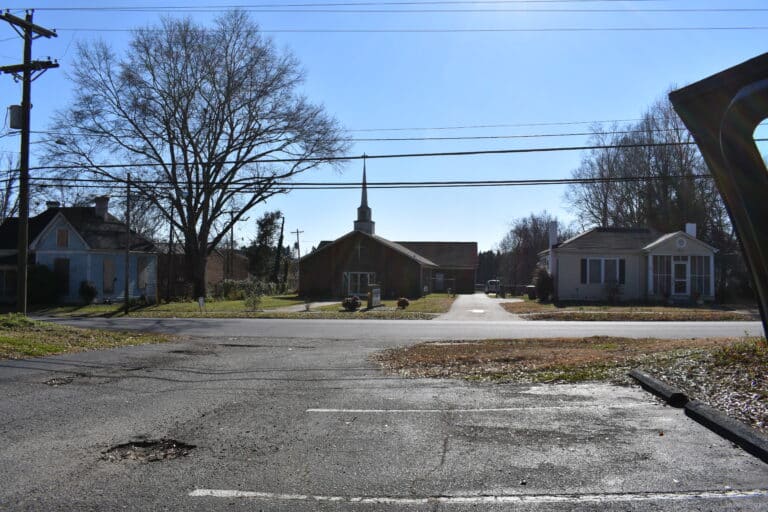
STOP 8: Hoper's Chapel Baptist Church
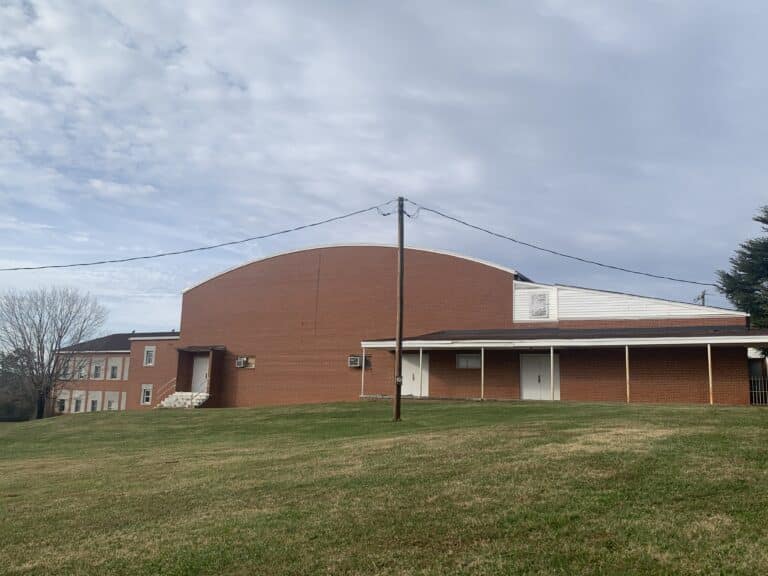
STOP 9: Douglas Highschool
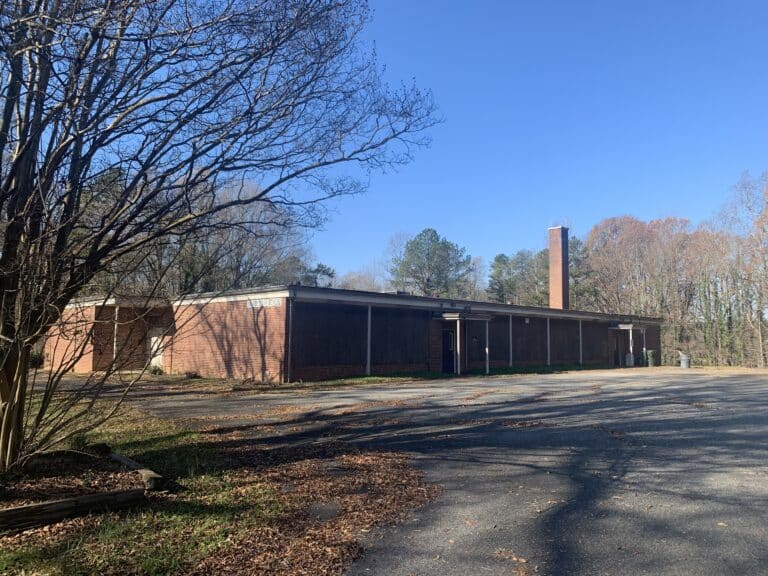
STOP 10: Davidson Elementary school
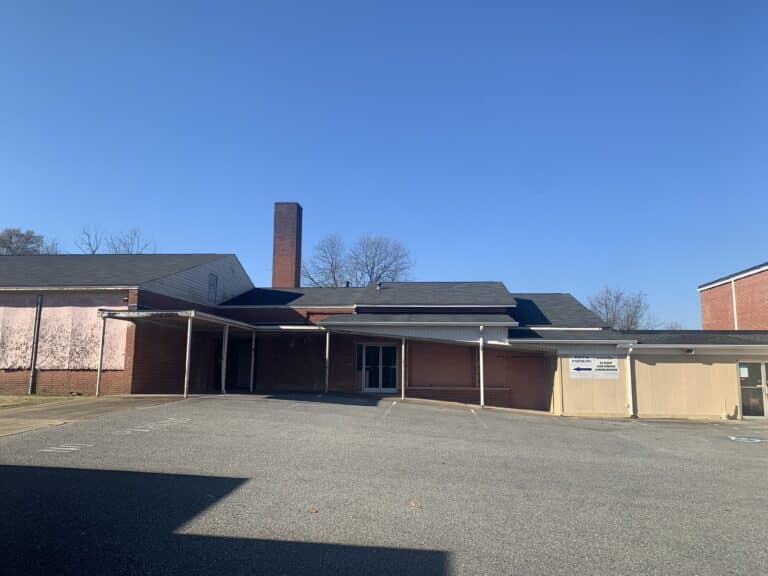
STOP 11: Compact School

